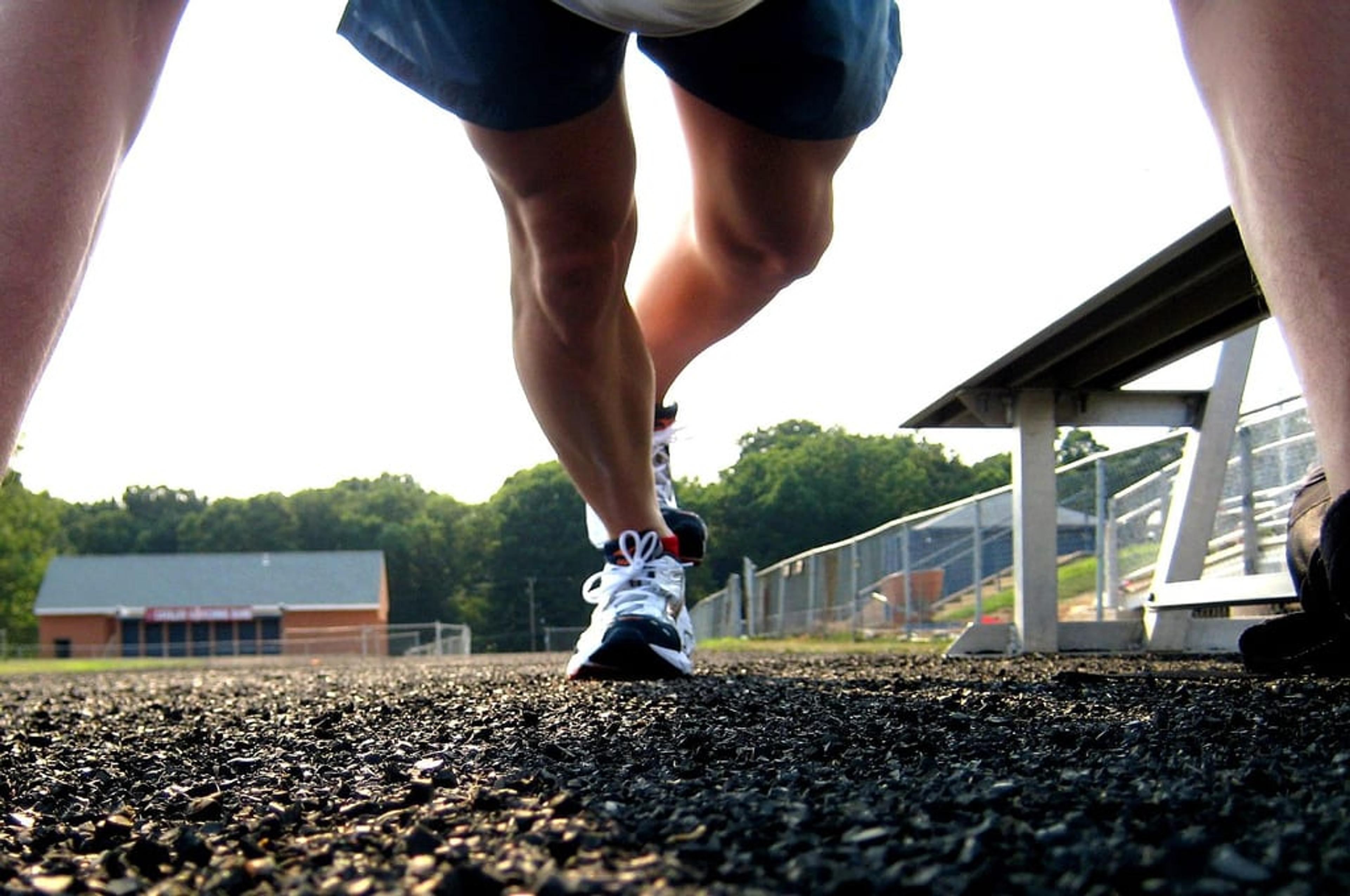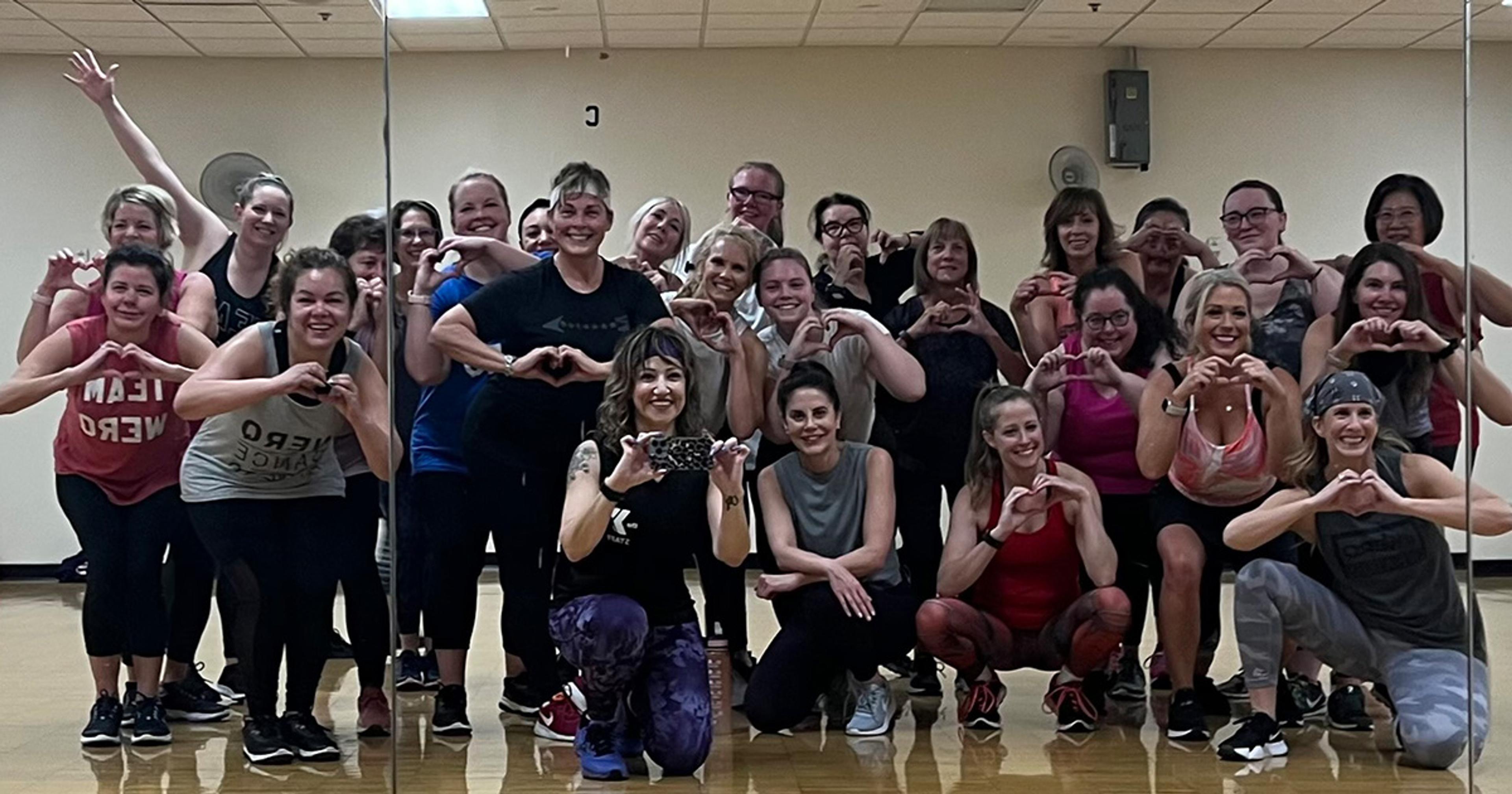Solutions for shin splints
| 2 min read

When it comes to running injuries, shin splints are as common as they are painful. The sharp pain along the front of the lower leg has several causes, including flat feet, tight calf muscles and high-impact workout routines. The good news, however, is that shin splints are treatable and preventable. Get back in the race with these six steps:
Step One: Rest Shin splints are often caused by overuse, so take a break from running or whatever physical activity that caused the pain. Recovery time will vary based on the extent of your injury, but doctors recommend that you be pain-free for at least two weeks before you return to exercise.
Step Two: Ice You can speed up the healing process by icing the affected area. The Mayo Clinic suggests applying ice packs to your shin for 15 to 20 minutes at a time, four to eight times a day.
Step Three: Shop Visit a running store to get fitted for a good pair of shoes that are supportive. You may also want to consider trying orthotics, especially if you are flatfooted. Orthotics can help stabilize your foot and ankle, which will take stress off of your lower leg.
Step Four: Stretch Make sure you always warm up your muscles before and after you work out. Specifically, focus on stretching the calves and Achilles. Try this stretch: Kneel on the floor so that your body creates an “L.” Keep your legs and feet together with your toes pointing directly back. Slowly sit onto your calves and heels, pushing your ankles to the floor. You should feel slight tension in the muscles that surround your shinbone. Hold this position for 10 seconds. Repeat.
Step Five: Cross-Train While you are recovering, you can still participate in low-impact exercises, such as swimming, walking or biking. Remember to ease back into these activities slowly, and increase your intensity at a gradual pace. When you return to running, avoid hard surfaces and hills. And make sure you increase your mileage by no more than 10 percent each week.
Step Six: Strengthen In order to avoid getting shin splints again, add strength training to your workout routine. Strengthen your calf muscles with leg presses and toe raises. To do toe raises, stand up, slowly rise onto your toes, and then lower yourself to the ground again. Repeat.
This blog post is part of #HealthyMe, a personalized web experience based on your health and wellness goals. To sign up today, visit http://www.ahealthiermichigan.org/healthyme.
Photo credit: Rob





